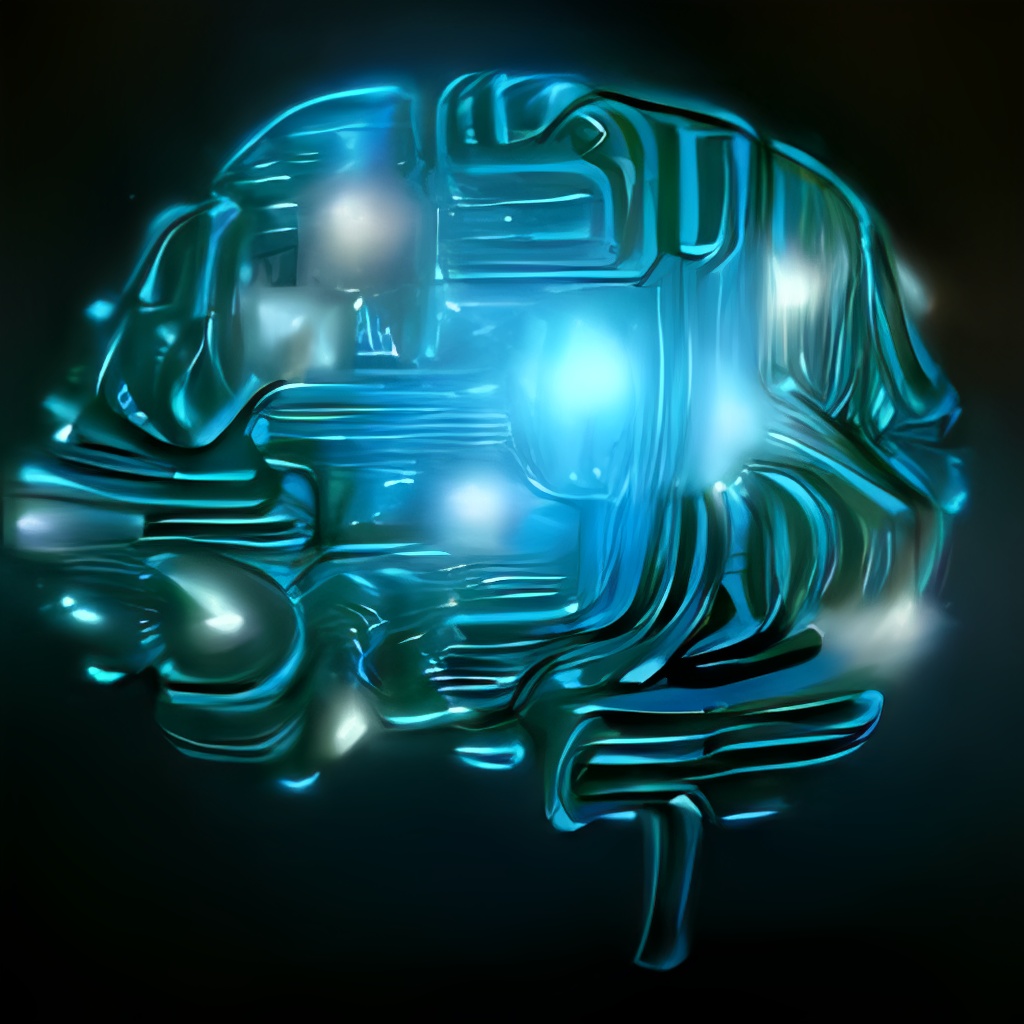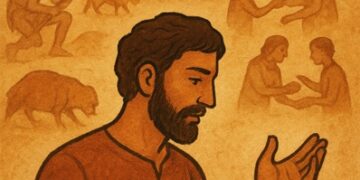In a world increasingly shaped by artificial intelligence, automation, and digital innovation, the way students present themselves to future employers is being rewritten. The traditional Curriculum Vitae—once the hallmark of professionalism—is losing relevance in an age where algorithms can generate, scan, and filter resumes in seconds. The future belongs not to the CV, but to the portfolio: a living, evolving showcase of skills, creativity, and adaptability.
A Living Record of Growth
For decades, the CV has served as the go-to summary of achievements—a neat list of degrees, job titles, and bullet points meant to impress. But in today’s fast-changing job market, that static format feels out of step. Employers no longer want to know only what you’ve done; they want to see how you think, create, and learn.
That’s where portfolios come in. Unlike a CV, a portfolio tells a story. It’s not just a record of the past—it’s a reflection of who a person is becoming. It can include videos, designs, essays, code, or even reflections on lessons learned. It’s dynamic and constantly evolving, showing a real-time picture of a student’s skills and potential.
In many ways, a portfolio acts as a personal museum of learning. It highlights creativity and growth, the ability to adapt to feedback, and the process behind achievements. These are exactly the traits employers are searching for in the age of automation.
Standing Out in an AI World
Artificial intelligence is changing not only the nature of work but also the hiring process itself. Automated systems now scan resumes for keywords and rank candidates long before a human ever looks at them. Ironically, this means the CV—once a symbol of individuality—has become standardized and predictable.
A portfolio cuts through that noise. It offers authenticity in an age of automation. By showcasing real projects and creative processes, portfolios give employers something algorithms can’t evaluate genuine human insight. They demonstrate skills that machines can’t easily mimic—critical thinking, emotional intelligence, problem-solving, and originality.
Portfolios also encourage students to think deeply about their learning journey. They prompt questions like: What have I built that matters? What challenges have I overcome? What can I do differently next time? These reflections don’t just prepare students for interviews—they make them better learners, collaborators, and innovators.
Beyond Employment: A Tool for Learning
While portfolios are powerful job tools, they are also invaluable for education itself. Building a portfolio pushes students to connect what they learn in class with the real world. It turns theory into practice and helps them see how their skills evolve over time.
Teachers are beginning to recognize that portfolios foster critical self-awareness. When students document their projects and reflect on their outcomes, they start to identify patterns in how they work and think. This self-knowledge becomes the foundation for lifelong learning—an essential trait in a world where jobs are constantly changing and new technologies emerge daily.
Some universities are already integrating portfolios into their assessment systems, replacing exams or essays with digital showcases. Instead of testing memorization, they’re encouraging creativity, experimentation, and personal expression. That’s education built for the future.
AI as a Creative Partner
Ironically, the very technology that made the CV obsolete is now helping students build stronger portfolios. Modern tools powered by AI can assist in everything from organizing digital work to improving reflective writing. Some platforms even use AI to suggest which projects best represent a student’s abilities or to design visually appealing layouts for online portfolios.
Used wisely, AI becomes not a competitor, but a collaborator—one that helps students better express their individuality. It can help turn a scattered collection of projects into a coherent personal brand, highlighting not only achievements but also the journey behind them.
Evidence, Not Claims
The shift from CVs to portfolios reflects a broader cultural change: the move from claiming competence to proving it. Anyone can list skills on a resume. A portfolio, on the other hand, provides tangible proof. It says, Here’s what I’ve created. Here’s what I’ve learned. Here’s how I’ve grown.
In a time when AI can fabricate credentials and generate generic application materials, authenticity has become the new currency. A well-crafted portfolio communicates credibility—it’s harder to fake a genuine process than to embellish a CV. Employers know this, and they’re increasingly turning to portfolios to spot genuine talent and potential.
A Call to Action for Students and Educators
The message is clear: if students want to thrive in the age of AI, they must learn to show—not just tell—what they can do. That starts with building a digital portfolio early in their academic journey. Schools and universities, in turn, need to support this shift by helping students develop portfolios that capture their learning, creativity, and career goals.
This change isn’t just about emplyability—it’s about mindset. It’s about preparing students to be adaptable, reflective, and self-driven in a future where success depends on how quickly one can learn and reinvent oneself.
The world doesn’t need more polished CVs. It needs evidence of curiosity, initiative, and innovation. Portfolios deliver that.
In the age of artificial intelligence, where machines can write the perfect resume, students must show what only humans can offer: imagination, integrity, and individuality.
The writer is member of Faculty of Mathematics, Department of General Education HUC, Ajman, UAE. reyaz56@gmail.com





